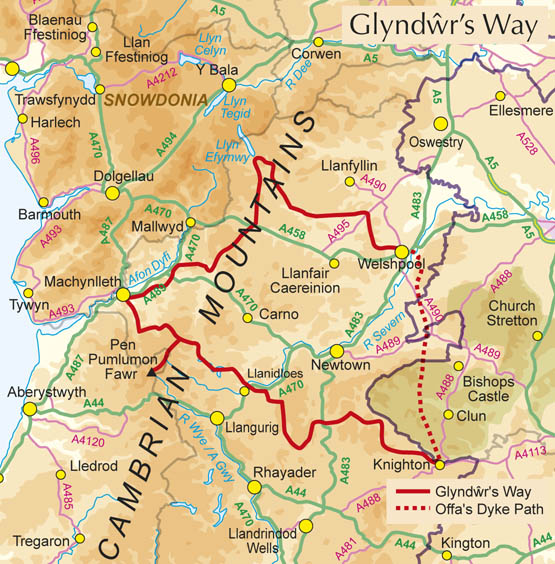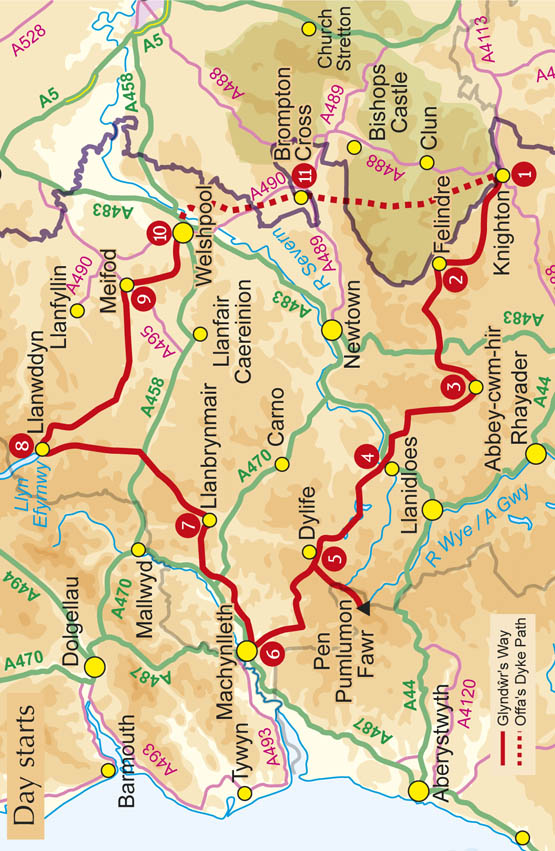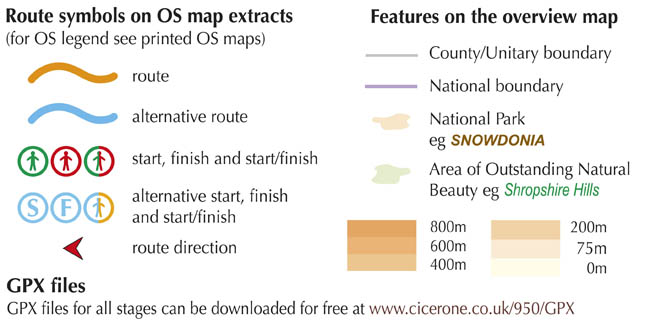About the Author
Paddy Dillon is a prolific walker and guidebook writer, with over 90 books to his name and contributions to 40 other titles. He has written extensively for many different outdoor publications and has appeared on radio and television.
Paddy uses a tablet to write his route descriptions while walking. His descriptions are therefore precise, having been written at the very point at which the reader uses them.
Paddy is an indefatigable long-distance walker who has walked all of Britains National Trails and several major European trails. He lives on the fringes of the English Lake District and has walked, and written about walking, in every county throughout the British Isles. He has led guided walking holidays and has walked throughout Europe, as well as in Nepal, Tibet, and the Rocky Mountains of Canada and the US. Paddy is a member of the Outdoor Writers and Photographers Guild.
Other Cicerone guides by the author
GR20: Corsica
Irish Coastal Walks
The Cleveland Way and the Yorkshire Wolds Way
The GR5 Trail
The Great Glen Way
The Irish Coast to Coast Walk
The Mountains of Ireland
The National Trails
The North York Moors
The Pennine Way
The Reivers Way
The South West Coast Path
The Teesdale Way
Trekking in Greenland
Trekking in the Alps
Trekking through Mallorca
Walking and Trekking in Iceland
Walking in County Durham
Walking in Madeira
Walking in Mallorca
Walking in Malta
Walking in Menorca
Walking in Sardinia
Walking in the Isles of Scilly
Walking in the North Pennines
Walking on Gran Canaria
Walking on Guernsey
Walking on Jersey
Walking on La Gomera and El Hierro
Walking on La Palma
Walking on Tenerife
Walking on the Isle of Arran
Walking the Galloway Hills
GLYNDRS WAY
by Paddy Dillon
JUNIPER HOUSE, MURLEY MOSS,
OXENHOLME ROAD, KENDAL, CUMBRIA LA9 7RL
www.cicerone.co.uk
Paddy Dillon 2018
Second edition 2018
ISBN: 978 1 85284 950 4
First edition 2014
Printed by KHL Printing, Singapore
A catalogue record for this book is available from the British Library.
All photographs are by the author unless otherwise stated.
 Crown copyright 2018. OS PU100012932.
Crown copyright 2018. OS PU100012932.
Updates to this Guide
While every effort is made by our authors to ensure the accuracy of guidebooks as they go to print, changes can occur during the lifetime of an edition. Any updates that we know of for this guide will be on the Cicerone website (www.cicerone.co.uk/950/updates), so please check before planning your trip. We also advise that you check information about such things as transport, accommodation and shops locally. Even rights of way can be altered over time. We are always grateful for information about any discrepancies between a guidebook and the facts on the ground, sent by email to updates@cicerone.co.uk or by post to Cicerone, Juniper House, Murley Moss, Oxenholme Road, Kendal, LA9 7RL.
Register your book: To sign up to receive free updates, special offers and GPX files where available, register your book at www.cicerone.co.uk.
Front cover: The little village of Abercegir, nestling in a valley at the foot of Rhos y Silio (Day 6)
CONTENTS

A path follows Offas Dyke closely, away from the hill called Hergan (Day 11)
INTRODUCTION

The view from Dyfnant Forest at Pren Croes (Day 7)
Glyndrs Way is named after the remarkable late-medieval Welsh leader Owain Glyndr, and is one of three National Trails in Wales. It links at either end Knighton and Welshpool with the Offas Dyke Path, and this guide, as well as describing Glyndrs Way, includes two days along the Offas Dyke Path to create a circular route. The trail is an exploration of the green heart of Wales, chasing the shadow of an inspirational warrior and statesman.
Glyndrs Way is one of the quietest National Trails, exploring sparsely populated countryside, featuring a succession of hills and valleys largely used for sheep-rearing. The route meanders around, with frequent twists and turns, ascents and descents, so that the scenery changes continually. Some of the higher parts feature open moorlands or forestry plantations. There are a handful of towns along the way, with a scattering of small villages and abundant small farms. It takes some walkers a long time before they point their feet towards mid-Wales, but once they do so, they always return to experience more of its quiet, understated charm.

Welcome to Wales a notice outside Knighton, the town where Glyndrs Way starts
Glyndrs Way (described in Days 1 to 9 in this guide) sits squarely in mid-Wales, extending almost from the WelshEnglish border to the coast, a total of 217km (135 miles). It links with the Offas Dyke Path (Days 10 and 11) to bring walkers back to Knighton, an additional 47km (29 miles), and it links with the Wales Coast Path at its halfway point. The route is entirely confined to the only inland county in Wales Powys. This county was created in 1974 from three former inland counties Montgomeryshire, Radnorshire and Brecknockshire. The only towns on Glyndrs Way are Knighton, Llanidloes, Machynlleth and Welshpool, but there are also a dozen villages, most of which offer basic services.
Owain Glyndr

A stone monument to Owain Glyndr, Prince of Wales, in a park at Machynlleth (Day 5)
Any commentary about Owain Glyndr quickly becomes a confusing and contradictory mix of history, myth and legend. There is no doubt that he existed, and that he waged war against English forces. However, it is unlikely that he was gifted with supernatural powers, as was claimed, and no one can say for certain when he died or where he was buried. Like the proverbial old soldier, he just faded away. Shakespeare put boastful words in the mouth of Glendower in Henry IV, Part I , while allowing Hotspur a series of caustic put-downs for each utterance, until Mortimer says: Come, come, no more of this unprofitable chat. Not that the other two took much notice of him theyd barely started!
There are some notable dates and events in Owain Glyndrs life, charting his progress from an apparently loyal subject of the Crown to his absolute rejection of English rule and the creation of a Welsh nation-state. The turning point clearly came at a time when Richard II was deposed and Henry IV was crowned King of England.

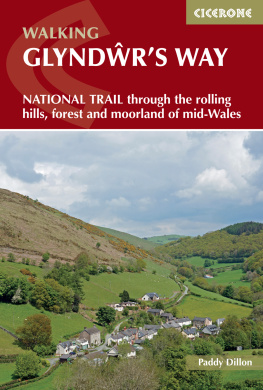
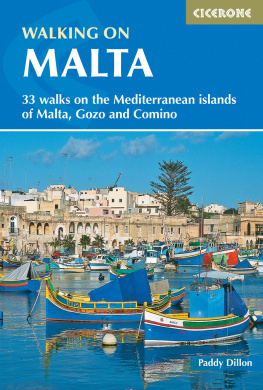
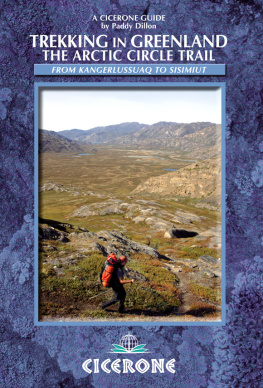
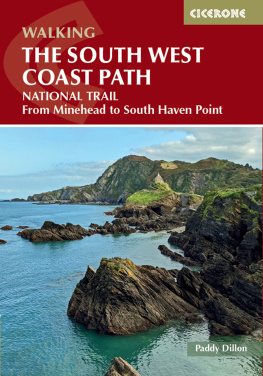
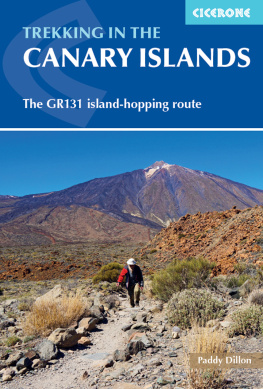

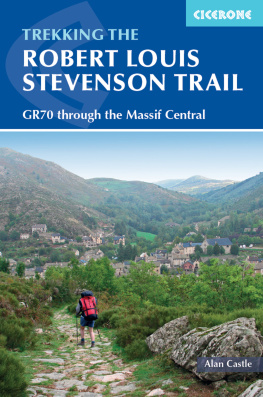
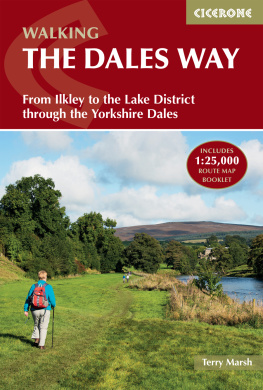
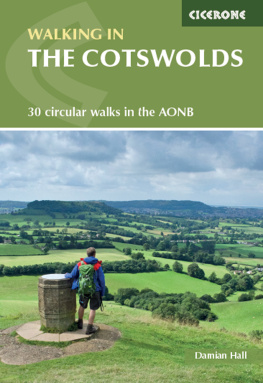
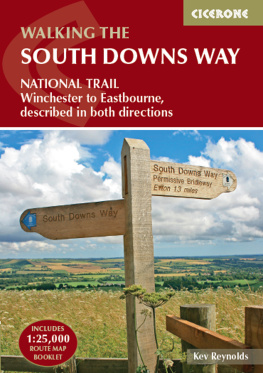
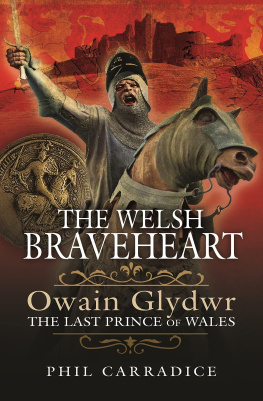
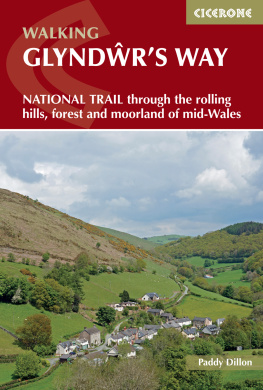
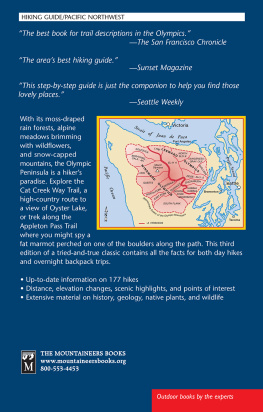
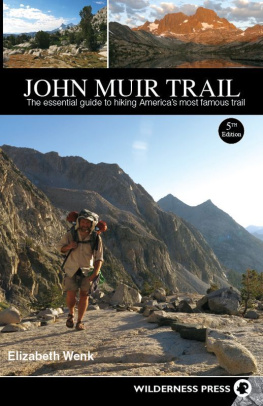



 Crown copyright 2018. OS PU100012932.
Crown copyright 2018. OS PU100012932.
